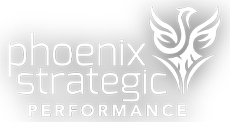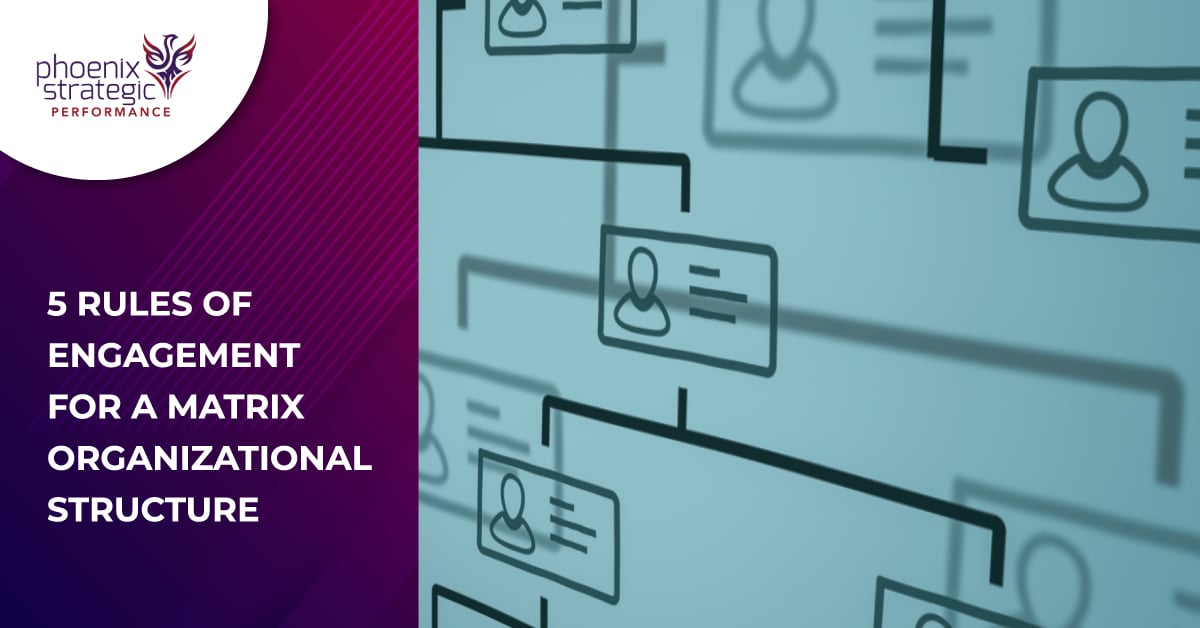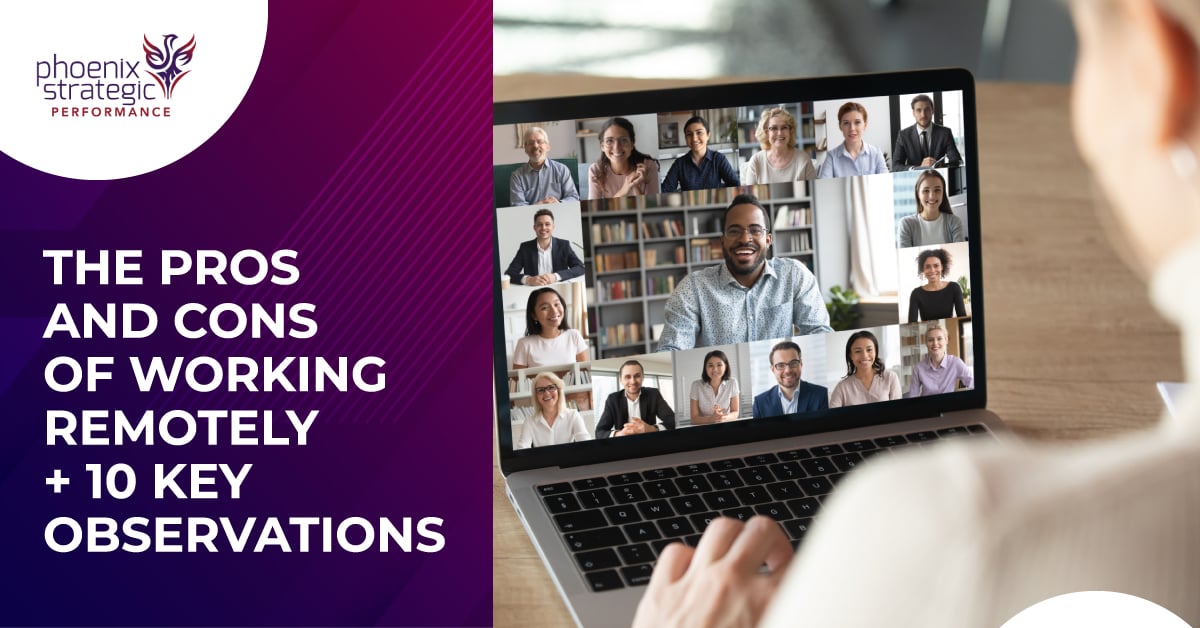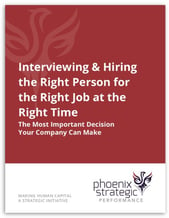Over the past ten years, women’s representation in the workforce has increased at every level in corporate America. However, recent data from Lean In and McKinsey & Company's “Women in the Workplace” report shows that while there is good news, there are no signs of equity across the pipeline. Here are some of the key takeaways from the report.
Current State
- Senior positions are filled with women who are hired from the outside.
Disappointingly, many top-level company positions were filled by women brought in from outside the company instead of promoting women from within. According to the 2023 data, 40% of C-Suite leaders in their roles last year were outside hires. Alexis Krivkovich, Senior Partner at McKinsey & Company, states that this “weakness in the internal promotion pipeline is largely to blame for women’s underrepresentation in senior roles.” The lack of women in the pipeline has been a corporate excuse for over 50 years. It’s time to start making real, positive, long-term commitments to women in the workforce to have opportunities to advance.
While we have seen meaningful, though modest, gains in women’s corporate representation; however, progress has been much slower earlier in the pipeline at the entry and manager levels.
- Women remain underrepresented at every stage of the corporate pipeline, regardless of race and ethnicity.
- The ‘broken rung’ remains a significant barrier to women’s advancement, especially for women of color.
- It will take nearly 50 years to achieve gender parity for all women.













